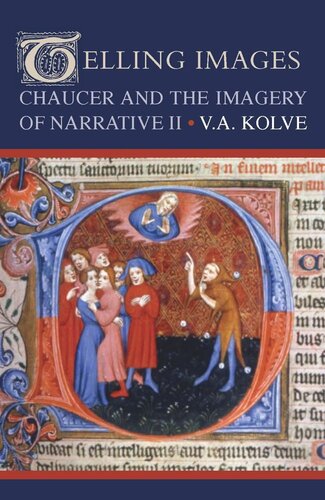

Most ebook files are in PDF format, so you can easily read them using various software such as Foxit Reader or directly on the Google Chrome browser.
Some ebook files are released by publishers in other formats such as .awz, .mobi, .epub, .fb2, etc. You may need to install specific software to read these formats on mobile/PC, such as Calibre.
Please read the tutorial at this link: https://ebookbell.com/faq
We offer FREE conversion to the popular formats you request; however, this may take some time. Therefore, right after payment, please email us, and we will try to provide the service as quickly as possible.
For some exceptional file formats or broken links (if any), please refrain from opening any disputes. Instead, email us first, and we will try to assist within a maximum of 6 hours.
EbookBell Team

4.7
66 reviewsTelling Images investigates certain symbolic traditions in Geoffrey Chaucer's major poetry and their relationship to the visual culture of his time. With more than 150 illustrations, it continues an inquiry begun in the author's prize-winning study, Chaucer and the Imagery of Narrative: The First Five Canterbury Tales. Here, intensive readings of Troilus and Criseyde, The Legend of Good Women, and four more Canterbury Tales focus once again on imagery created by narrative itself—not on passing metaphors or similes, but on the images we create in our minds as we imagine the action of a story. Their suggestive likeness to images embedded in yet other texts, realized in illuminated manuscripts and other visual arts of the age, is shown to ground and enrich our reading of these poems.